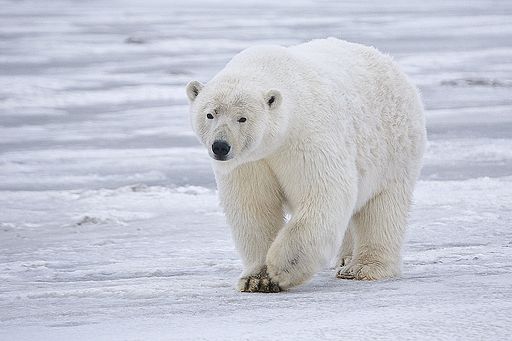AN ONLINE PLATFORM THAT PROVIDES EDUCATIONAL CONTENT,SYLLABUSES, STUDY NOTES/ MATERIALS ,PAST PAPERS, QUESTIONS & ANSWERS FOR THE STUDENTS,FORM I--VI ,RESITTERS,QT, ADULT LEARNERS, COLLEGE STUDENTS, PUPILS, TEACHERS, PARENTS,TEACHERS OF THE UNITED REPUBLIC OF TANZANIA AND WORLDWIDE.YOU ARE WELCOME TO SHARE YOUR KNOWLEDGE AND IDEAS.ENJOY MASATU BLOG.YOU CAN MAKE A DIFFERENCE.YOU CAN ACHIEVE EXCELLENCE. "LEARN.REVISE.DISCUSS".Anytime, Anywhere.
- HOME
- UTAKUZAJE UWEZO WAKO WA LUGHA ?
- MBINU ZA KUSOMA NA KUFAULU MITIHANI
- HOW TO IMPROVE YOUR MEMORY
- ONLINE LEARNING & DISTANCE LEARNING ( E--LEA...
- O-LEVEL & A--LEVEL SYLLABUS
- FORM FOUR ( F 4 )--SUBJECTS---TANZANIA
- FORM TWO ( F 2 )--SUBJECTS---TANZANIA
- FORM ONE ( F 1 )-- SUBJECTS---TANZANIA
- FORM FIVE( F 5 ) AND SIX ( F 6 )--SUBJECTS ---TANZANIA
- FORM THREE ( F 3 ) SUBJECTS----TANZANIA
- STANDARD 1 & 2 SUBJECTS / MASOMO YA DARASA 1 & 2-...
- STANDARD 3 & 4 SUBJECTS / MASOMO YA DARASA 3 & 4...
- STANDARD 5, 6 & 7 SUBJECTS / MASOMO YA DARASA...
Subscribe to:
Post Comments (Atom)

No comments:
Post a Comment